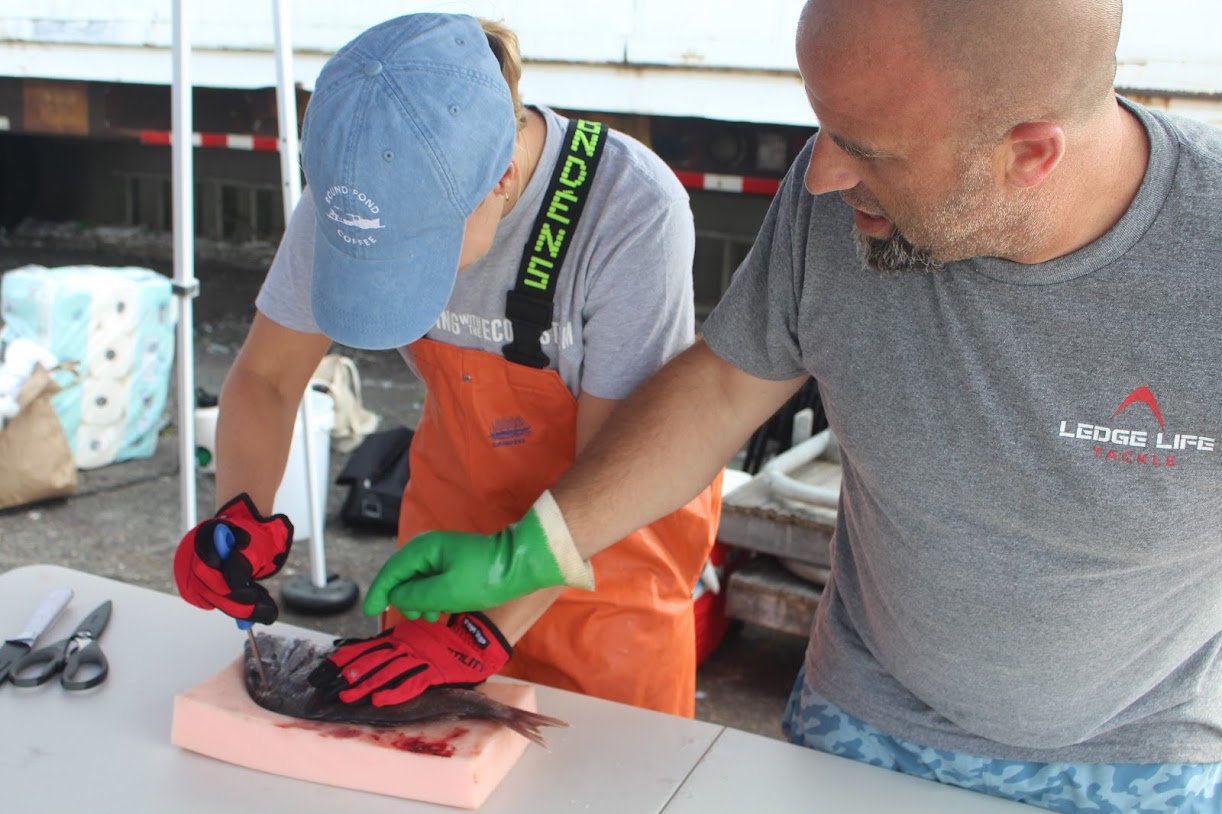Avoid GMOs By Asking Questions, Checking Labels
December 5, 2013
In 2003, Monsanto introduced genetically modified alfalfa two years before it was deregulated, according to Project Censored. In fact, a 2010 U.S. Department of Agriculture report acknowledges that GMO alfalfa spread its traits to non-GMO alfalfa long before the crop had been approved. The federal agency responded to this fact by deregulating genetically modified alfalfa and ignoring possible environmental concerns.
In a political system where important decisions about protecting our food supply and the environment are largely made by people who continually rotate through the door that separates government (USDA, FDA and EPA) and the private sector (Monsanto, Dow and DuPont), it’s virtually impossible to make multinational corporations put people and the planet before profits.
And, make no mistake, genetically modified organisms (GMOs) make Big Ag shareholders happy. In the first quarter of 2012, for example, Monsanto’s revenue increased 33 percent from a year earlier, to $2.44 billion. That surge which saw shares grow by more than 5 percent was largely driven by the strength of the company’s GMO seed business, according to the Associated Press.
Monsanto, Dow and Dupont, and their subsidiaries, are titans of the genetic engineering industry. Their GMO products were allowed into the U.S. food supply without even cursory testing to determine their safety or risks. How does this happen? Watch the revolving door.
Michael Taylor, deputy commissioner for foods at the Food and Drug Administration, has walked through the public-private revolving door multiple times. First, Taylor was an assistant to the FDA commissioner. He then left the government sector to work for a law firm that helped gain FDA approval of Monsanto’s artificial growth hormone (rGBH), which has been linked to cancer in humans and to adverse health effects in cows.
Recombinant bovine growth hormone is a synthetic hormone that is marketed to dairy farmers to increase milk production in cows. It’s been used in the United States since it was approved by the FDA in 1993, but its use has been banned in the European Union and Canada.
In 1991, Taylor returned to the public sector, as FDA deputy commissioner. He then returned to the private sector, serving from 1998 to 2001 as Monsanto’s vice president for public policy. He was reappointed to the FDA in 2009 by President Obama. He’s also had a few stints at King & Spalding, one of the leading lobbying practices in the United States, and spent time at the USDA as the administrator of food safety.
What does all this revolving-door dizziness mean to you, the consumer? It means if you want to avoid GMO foods you better get educated, be diligent and be willing to ask questions.
“Shop with local farmers and local grocers who are passionate about what they put on their shelves and grow in their fields,” said John Wood, owner of The Green Grocer in Portsmouth. He said customers often ask him questions about what foods contain or don’t contain GMOs. He’s happy to help, because he knows the issue is a complicated and controversial one.
In fact, Wood was in the middle of a GMO controversy a few years ago, when he made headlines after pulling Kashi products from his store shelves. He did so after discovering Kellogg’s used genetically engineered and non-organic ingredients in Kashi despite marking the cereal as natural. The issue became a national story and helped spark a national conversation about natural foods.
The Green Grocer now only carries organic-certified cereals.
Top GMO crops
Today, the top genetically modified crops are, according to the Non-GMO Project and the USDA:
Corn is the top crop grown in the United States and most of it (88 percent) is genetically modified.
Soy is a staple of processed foods under various names, including hydrogenated oils, lecithin, emulsifiers and tocopherol, and 93 percent of it is genetically modified.
About 94 percent of cotton grown in the United States is genetically modified. Cottonseeds are culled from cotton, and then used for vegetable oil, margarine or shortening production, or frying foods such as potato chips.
Farmers feed alfalfa to dairy cows, the source of milk, butter, yogurt and meat. Alfalfa is the fourth largest crop grown in the United States, behind corn, soybeans and wheat — there is no genetically engineered wheat on the market.
About 75 percent of the Hawaiian papaya crop is genetically modified to withstand a virus.
Nearly 90 percent of the U.S. canola crop us genetically modified.
More than half (54 percent) of sugar sold in the United States comes from sugar beets. Genetically modified sugar beets account for 90 percent of the crop.
Labeling efforts
The United States and Canada don’t require the labeling of genetically engineered foods, but 64 countries do label GMO foods, including the entire European Union and China. In fact, 50 countries have significant restrictions or outright bans on GMOs.
Last year, California voters rejected a ballot question that would have required retailers and food companies to label products made with genetically modified ingredients. Tens of millions of dollars, mostly from outside of California and from companies such as Monsanto and Hershey, were poured into campaigns against Prop 37.
Last month, Washington state voters ejected an initiative that would have required foods containing genetically engineered ingredients to be labeled. Much of the money that financed opposition campaigns came from the Grocery Manufacturers Association, Monsanto, DuPont, Dow and Bayer CropScience.
This past summer, Connecticut became the first state to pass a bill requiring GMO labeling. However, the passive law came with a few yeah buts: four other states must enact similar legislation; one of the four states must share a border with Connecticut; and the combined population of the northeastern states that enact GMO-labeling laws must total more than 20 million in population.
The law identifies Rhode Island, Massachusetts, Maine, Vermont, New Hampshire, New York, New Jersey and Pennsylvania as the northeastern states. In Rhode Island, a House bill proposed by five representatives to require GMO labeling was held for further study. Massachusetts saw four bills during its 2013 legislative session regarding GMOs. Two of the bills addressed mandatory labeling — both died in committee.
Wood said eventually one of these states will pass a law requiring genetically modified foods to be labeled, and when one finally does the GMO dominoes will start to fall. “One state needs to push it through and others will copy what they did,” he said.
He doesn’t buy the argument that required labeling would be cost prohibitive and hurt businesses. “If the cost of labeling is such a barrier, than why is the organic side of the grocery business showing such excellent growth and demand?” Wood asked. “Public demand will push this issue in a different direction.”
Avoidance tips
For now, consumers are left to wade through a confusing array of labeling and a mountain of misinformation. Here are some tips, courtesy of Wood and the Non-GMO Project, to help you better source non-GMO food:
Buy products that are labeled with the Non-GMO Project seal. These products have been independently verified to be in compliance with North America’s only third-party standard for GMO avoidance.
Talk to local farmers. Ask them if they plant GMO seed, or use Roundup Ready herbicides and/or pesticides.
Buy products that carry the USDA organic seal. Certified organic products can’t intentionally include any GMO ingredients.
Avoid at-risk ingredients such as amino acids, aspartame, ascorbic acid, sodium ascorbate, vitamin C, citric acid, sodium citrate, flavorings (“natural” and “artificial”), high-fructose corn syrup, hydrolyzed vegetable protein, lactic acid, Maltodextrins, molasses, monosodium glutamate, sucrose, textured vegetable protein and xanthan gum.
Categories
Join the Discussion
View CommentsYour support keeps our reporters on the environmental beat.
Reader support is at the core of our nonprofit news model. Together, we can keep the environment in the headlines.
We use cookies to improve your experience and deliver personalized content. View Cookie Settings



